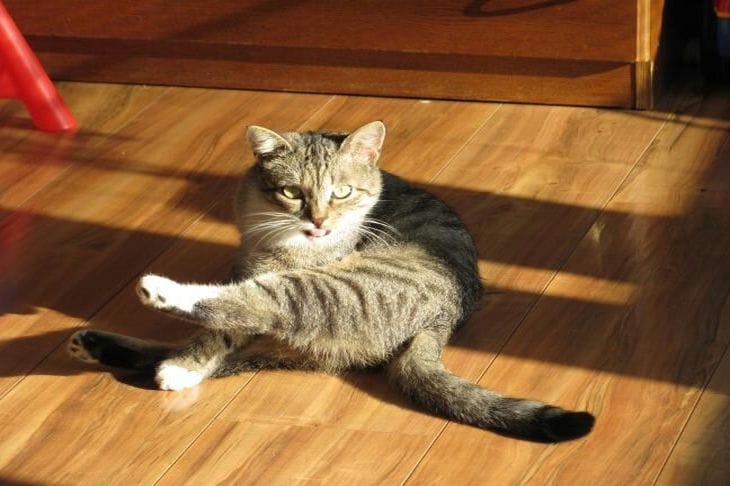Who hasn't seen that moment when a roar is born from the silence, and a fluffy ball of panic disappears over the horizon of the sofa?
Cat owners know that an encounter with a "noisy dragon" turns pets into escape artists. But war with technology is not necessary - strategy, patience and a few tricks are enough to make a truce possible.
The first steps towards friendship begin on neutral territory.

An inactive device left within reach becomes part of the interior. Treats or toys appear next to it, creating positive associations.
Curious paw touches or wary sniffs deserve immediate praise - this is how a connection is formed between the strange object and pleasant emotions.
The next step is to get familiar with the sound. Turning on the device in the next room helps reduce stress levels.
The gradual reduction in distance between the noise source and the animal should be almost imperceptible.
It is critical to maintain escape routes for your pet: a shelter in the form of a box or shelf will give a sense of control over the situation.
Gross mistakes reduce progress to zero. Chasing with a buzzing machine in your hands, suddenly starting the engine next to a resting cat or forcibly holding it near equipment are surefire ways to reinforce a phobia.
Instead, it is useful to synchronize the device with pleasant rituals. Starting it five minutes before feeding creates a logical chain in the pet's mind: noise is followed by delicious food.
The process takes weeks, sometimes months. Some cats start ignoring the vacuum cleaner after 14 days, while others need six months of careful training.
The main thing is not to compare your pet’s successes with “ideal” stories from the Internet and to note the slightest improvements.
Someday, even the most timid mustachioed person will stop considering technology an enemy - or at least will transfer it to the status of a “tolerant neighbor”.
